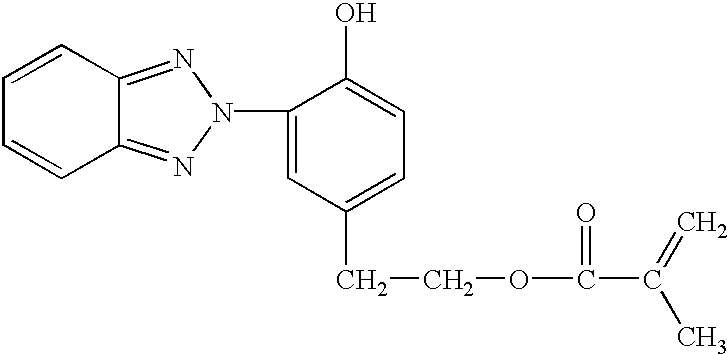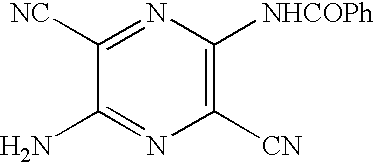Coated article and solar battery module
- Summary
- Abstract
- Description
- Claims
- Application Information
AI Technical Summary
Benefits of technology
Problems solved by technology
Method used
Image
Examples
example 1
First, as shown in FIG. 1, a lower electrode 3 of aluminum (or aluminum / stainless steel laminate) was formed on a flexible support 2 of polyethylene naphthalate (PEN) film. Then, an amorphous silicon layer 4 having a pin junction and photovoltaic force was formed by a plasma CVD technique. Using a 150-mesh polyester screen, a first urethane base insulating resin composition was printed and patterned on the surface of the amorphous silicon layer 4. This was dried and thermoset in an oven at 160.degree. C. for 10 minutes, forming an interlayer insulating film 9. An ITO transparent electrode film 5 was deposited thereon by a sputtering technique using indium tin oxide (ITO) as a target and argon sputtering gas. Next, by a laser scribing technique of forming channels and through-holes for electrical insulation or interconnection purposes using a YAG laser, open channels 13 were formed through the interlayer insulating film 9, ITO transparent electrode 5, amorphous silicon layer 4, and l...
example 2
An ethylene-tetrafluoroethylene copolymer resin film having a fluorine content of 40 to 60% by weight (ETFE: Aflex 100N, gage 100 .mu.m, double side quick adhesive coated, by Asahi Glass K.K.) was used instead of the polymethyl methacrylate resin film (Tg 101.degree. C.) used in Example 1. On one surface of the film a silica coating (without adding ZnO) was formed as in Example 1. Thereafter, a 30 wt % coating solution containing a copolymer resin (a weight average molecular weight Mw of 60,000 to 70,000) consisting of 50 parts of benzotriazole reactive UV absorber (RUVA-93 by Ohtsuka Chemical K.K., 3-(2H-1,2,3-benzotriazol-2-yl)-4-hydroxyphenethyl methacrylate) and 50 parts of MMA in toluene was applied thereon by means of a gravure coater to a (dry) thickness of 10 .mu.m. This film was found to completely cut UV of shorter than 380 nm.
On the uncoated surface of the ETFE film, a composition comprising the buffer adhesive EVA used in Example 1, a crosslinking catalyst (dicumyl perox...
example 3
Instead of vinyl chloride film as a film for green houses, there was used a polymethyl methacrylate film (Technolloy R526 by Sumitomo Chemical K.K.) of 125 .mu.m having incorporated therein a benzotriazole UV absorber similar to Sumisoap 250 (Sumitomo Chemical K.K.) which was coated with a silica coating of 0.5 .mu.m originating from polysilazane as in Example 1. Using this film, a green house was constructed.
As compared with the vinyl chloride film, the inventive film had a lifetime of about 5 folds. When incinerated, the film gave off no harmful gases such as dioxin and was least toxic.
The silica coat-bearing PMMA film had substantially improved weather resistance as compared with the conventional agricultural vinyl chloride, and exhibited in an actual exposure test a transmittance of overall light, haze stability and minimized strength deterioration, comparable to ETFE (Aflex 100N, 100 .mu.m thick, by Asahi Glass K.K.). This means that the water absorbing drawback of PMMA film is...
PUM
| Property | Measurement | Unit |
|---|---|---|
| Angle | aaaaa | aaaaa |
| Angle | aaaaa | aaaaa |
| Angle | aaaaa | aaaaa |
Abstract
Description
Claims
Application Information
 Login to View More
Login to View More - R&D
- Intellectual Property
- Life Sciences
- Materials
- Tech Scout
- Unparalleled Data Quality
- Higher Quality Content
- 60% Fewer Hallucinations
Browse by: Latest US Patents, China's latest patents, Technical Efficacy Thesaurus, Application Domain, Technology Topic, Popular Technical Reports.
© 2025 PatSnap. All rights reserved.Legal|Privacy policy|Modern Slavery Act Transparency Statement|Sitemap|About US| Contact US: help@patsnap.com



